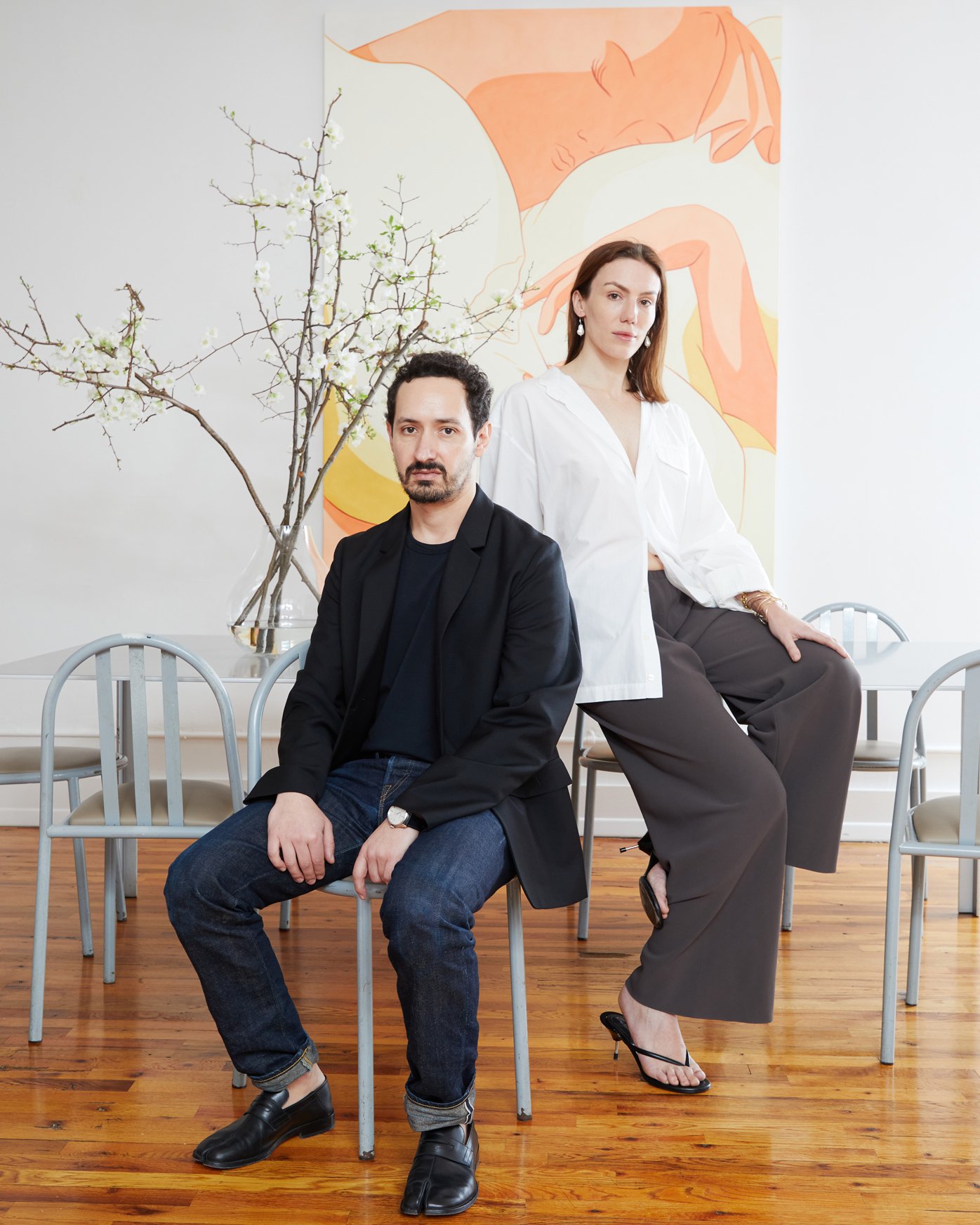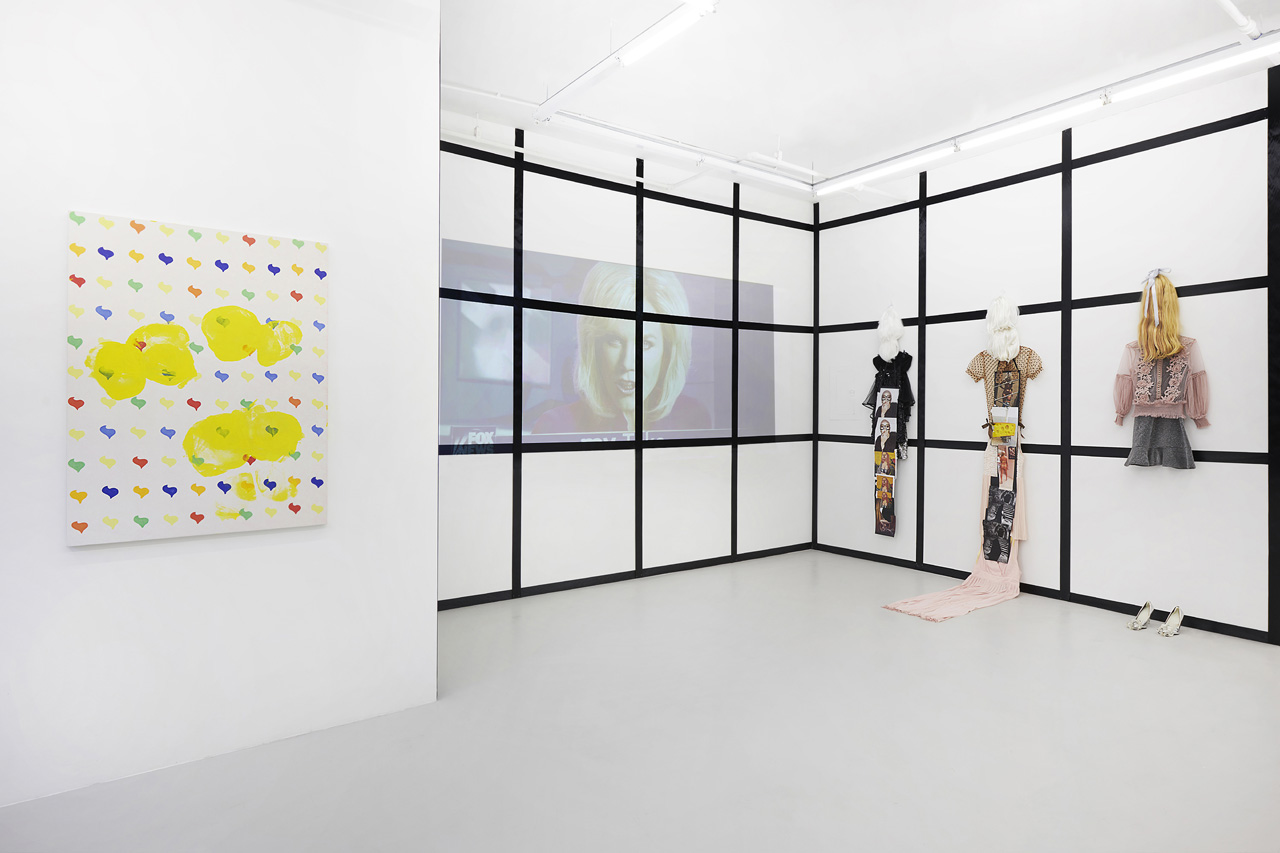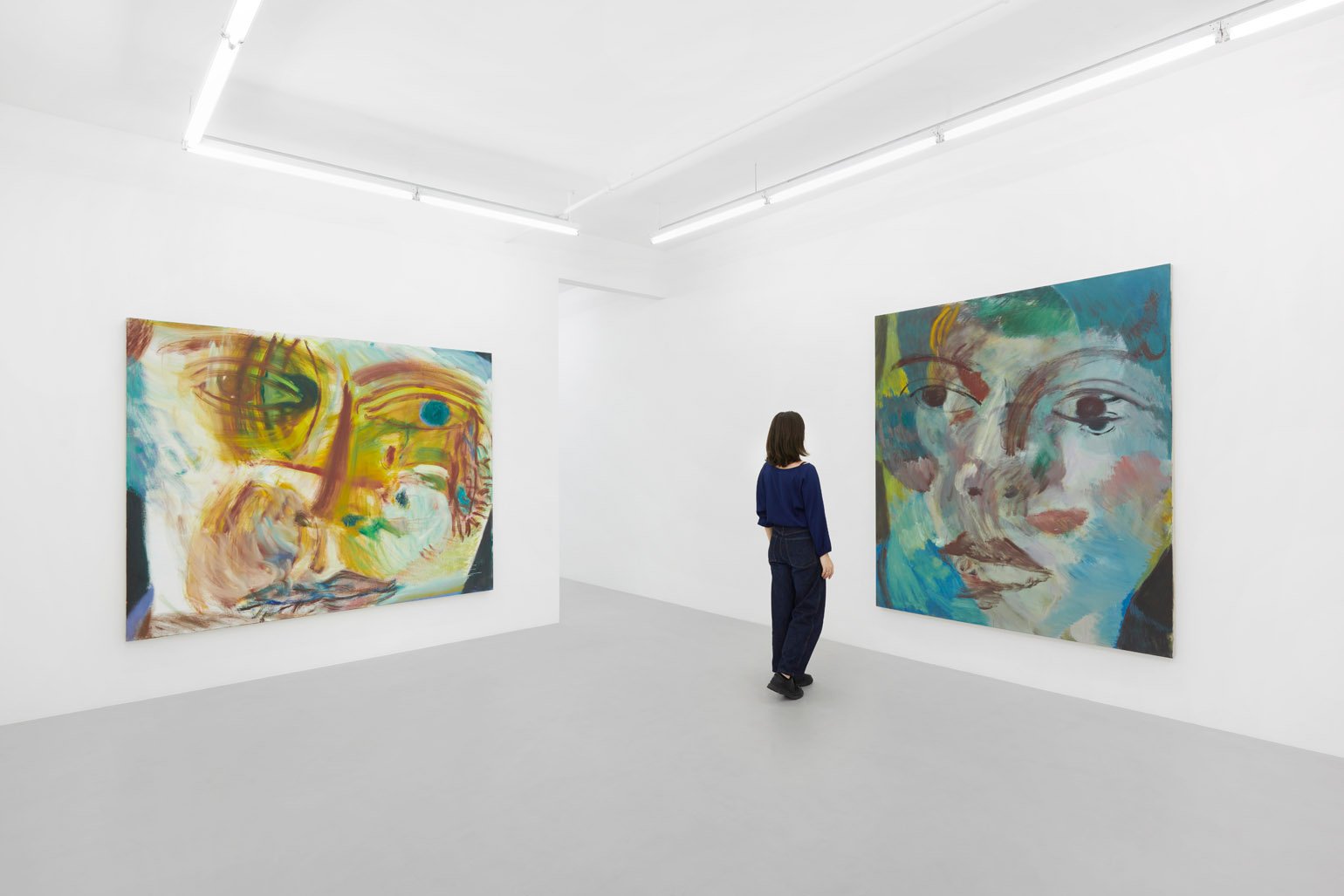An interview with gallerists Downs & Ross
Born in 2017 from the merger of Hester and Tomorrow, Downs & Ross is a leading gallery focusing on emerging art and specific New York histories
Downs & Ross gallery from New York is a merge of its founders’ own experience in the field: two small yet predominant galleries that operated independently until 2017. The five-year long joint effort of Tara Downs and Alex Ross has proven successful in establishing them as one of the leading galleries focusing on emerging art and the preservation of specific New York histories today. The gallery is based at 96 Bowery, not far from the New Museum, in what has been an extraordinarily fertile area for contemporary art for the past decade. We reached out to them just before the inauguration of their gallery residency in Milan at CFAlive with a duo show titled On Grist and Sunstroke, which presents works by New York-based artist Justin Chance and Paris-based artist Kim Farkas.

What is your background and how did you start a gallery?
Tara Downs: I opened my first gallery in 2011. It was called Tomorrow and was located in Toronto. I ran it for several years, and by then I had met Alex, who also had a gallery called Hester. We worked in tandem with one another for at least three years, an interpolation. Eventually we just thought of joining forces instead of running a gallery as a difficult one-person operation. The benefit of working collaboratively just seemed to rise to the surface, with a synchronized and complementary community of artists we wanted to work with. As for my own personal background, I studied art history and later went to art school.
Alex Ross: My own independent background is as a curator, working on forms of agency that are very much participatory in the knowledge economy.
How would you describe your program to someone who doesn’t know your gallery yet?
AR: It is largely individuated by a commitment to a protest against forgetting specific New York histories, ensuring that our antecedents from the Pictures Generation, Vikky Alexander and Alan Belcher sustain widespread recognition, both within the gallery and in institutions. In terms of younger artists, the gallery has a demonstrable commitment to global citizenship, working actively with many practices based in Europe and Asia, producing grounds for a series of dialogues that are not necessarily overdetermined by our growing role in New York.

How do you choose when an artist is worth representing?
TD: It’s like dating, I guess. It’s about when their vision for their work and career align with ours, and when we feel there is potential for future projects. We are very dedicated to our artists in what we offer them. Within the whole industry, the gallery/artist relationship is very much personality-driven.
AR: Every collaboration has a different status. For me one of the things I enjoy the most while working with artists that are not in the program is that they bring new ways of parsing the artists that are already within the program, things we would not anticipate if we were working with that artist alone. It is a continuous process of learning and sustaining surprise; the refractive agency of hosting new artist positions cannot be overstated.
Among all the ways in which a gallery supports an artist, what do you think is the most important, especially for young artists?
TD: It is about being right there with them. It is important to have that close dialogue where you can give suggestions, meeting their own expectations, where there is an almost intimate connection between you and them. This is a beautiful aspect of being a gallerist, beneficial for everyone.
AR: I am constantly overwhelmed by the unexpected outcomes of our collaborations with artists, working actively both in terms of the material production and discursive framing of their practices. One thing that is really beautiful as a gallerist is to watch a community growing around your program, audiences that can mutually inform one another.

Can you talk a bit about your approach to fairs? How has it evolved over the years? Which ones are important for you today and why?
TD: The art world in general goes through so many oscillations. What used to be common five years ago might no longer be relevant today, and this is true for art fairs too. It is part of our job to pay attention to these various oscillations. Fairs might be necessary if the place where you operate is not within collector’s reach. For example, I was directing a gallery in Berlin where collectors are scarce; fairs were fundamental for the growth of the artists and the gallery itself.
AR: Fairs might also be chosen specifically according to how artists would evolve within a global context. You might have a more experimental strategy for an experimental fair like June, but a more establishment-oriented relationship with global market events like Fiac or Frieze. Fairs still have a reason to exist insofar as they are synergistic. It would be challenging for us to categorically say no to those platforms that allow exposure to the artists we serve.
What can you say about your collectors? What’s their profile?
AR: I don’t know if that’s an answerable question. The last thing I’d like to do is to reduce, consolidate, or standardize the identity of someone who has an enthusiasm for art. We contend with the problem of allocating responsibly, keeping an eye on different registers of collectors. In some cases, they would be a person with a longstanding interest in art, but we don’t exclude those who have a more recent fascination, or are based away from the centers. Ideally a gallery like ours can provide platforms for mutual alliances and enthusiasms. For young collectors, it can be about securing a view of the newest developments within visual cultures. Oder ones: they often come with a certain literacy, and they know the limitations of their own habits of viewing. The best collectors in our experience tend to be aware of a continuation in art, thus better assessing relative and latent deviations. This is also a power of group presentations, where siding an artist with a more established reputation with another artist might illuminate new views of the former, mutually reinforcing each other.

What has changed for your gallery since the pandemic?
TD: I am happy we are going back to a pre-pandemic life in New York. I feel that the pandemic was such a bizarre moment for us. We were constantly monitoring a situation that was ever-changing, yet where there was no apparent end to it. Finally, at least in New York, there is a renewed interest in seeing things in the flesh. There was this moment where everything was going to be online, OVRs, etc. I don’t think this tendency is ever going to stay.
AR: One of the things I missed the most during the pandemic, when everything was atomized, was the possibility to invite artists to work with the architecture of the exhibition. There is a real joy in the mutual formatting of exhibitions–a powerful force to activate. There is nothing that makes me happier than an artist encountering that irruptive moment of witnessing their exhibition for the first time. Clearly, we’ve also grown.
How do you think the war in Ukraine is influencing the art world today?
TD: I feel it’s still too early to say. It’s like asking to see the effects of the pandemic during April 2020.
AR: It all reinforces our dedication ot thinking through what global citizenship might mean, particularly when encountering a spate of errant nationalisms. Artists with whom we work they might have been trained in Germany but now live in Beijing. A constant attention towards biopolitics and geopolitics has profound ramifications on the art scene and within our program itself.
October 5, 2022
